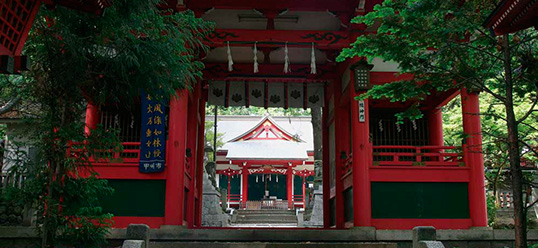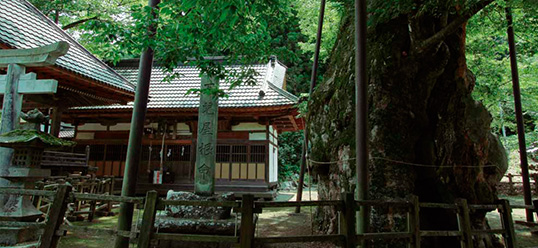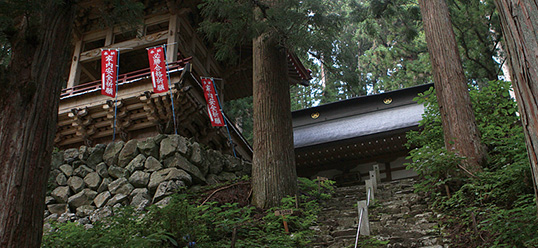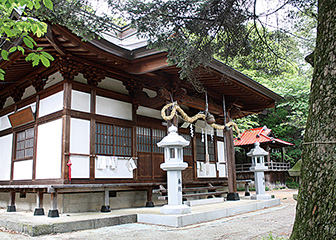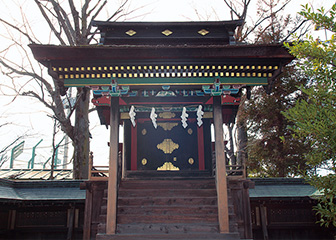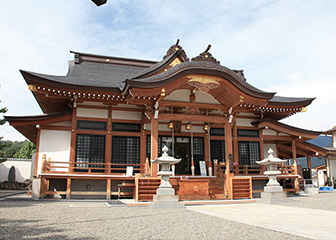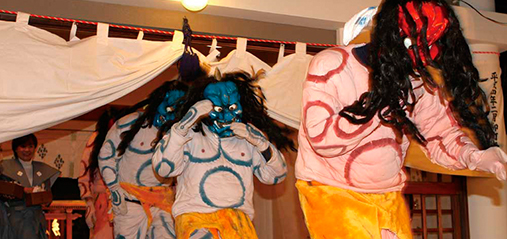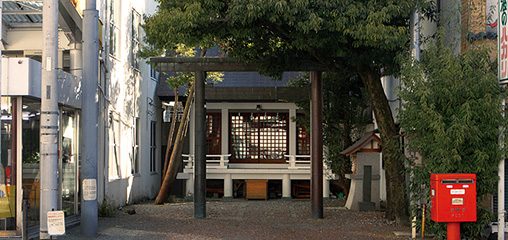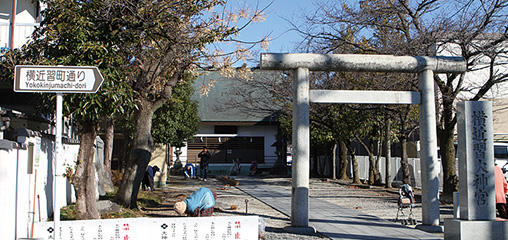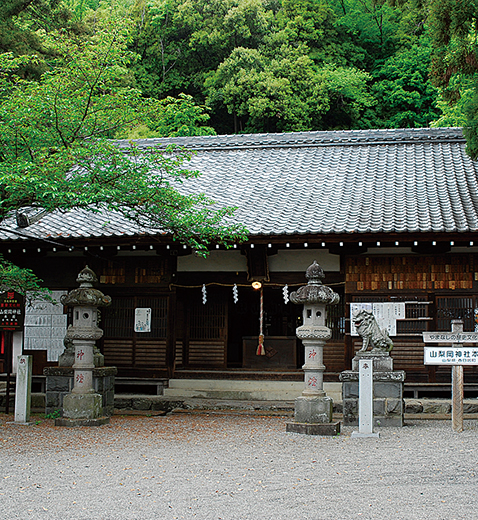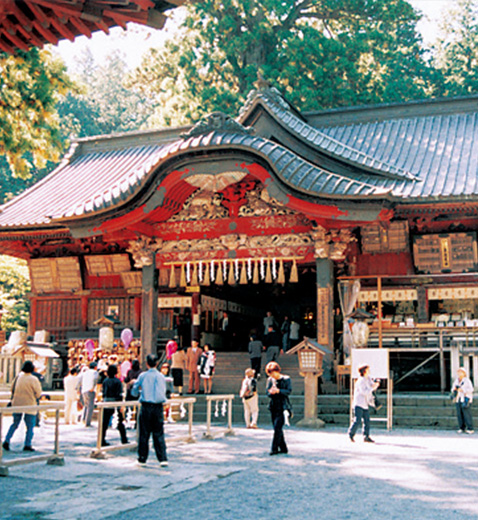Kanazakura-jinja Shrine 金櫻神社
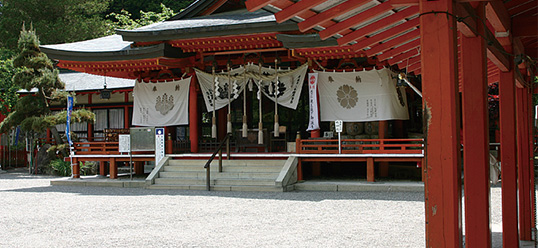
Ukon-no-Sakura, the golden cherry blossom tree
The golden cherry blossom tree at Kanazakura-jinja Shrine near Yamanashi’s major scenic spot, Shosenkyo, produces gold-tinged flowers. It is said that you will be blessed with luck and money throughout your life if you pray while this tree is in bloom.
Address
2347 Mitake-cho, Kofu-shi
TEL
055(287)2011
●4 Prefecture Designated Cultural Properties
■Contribution
